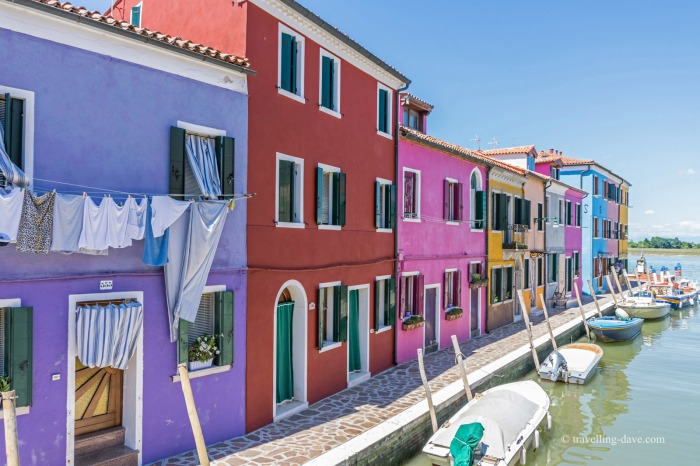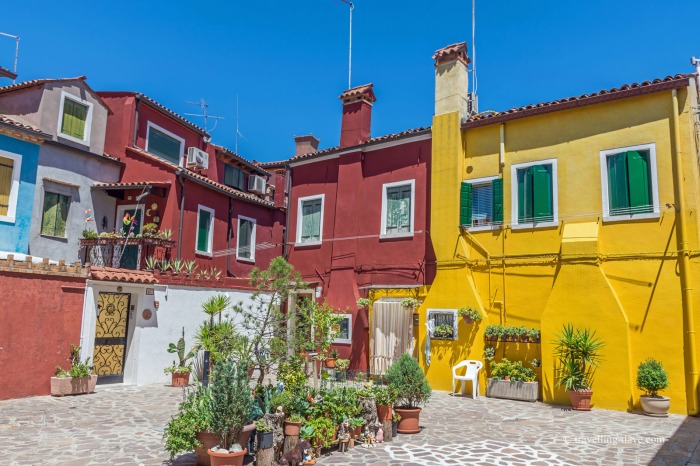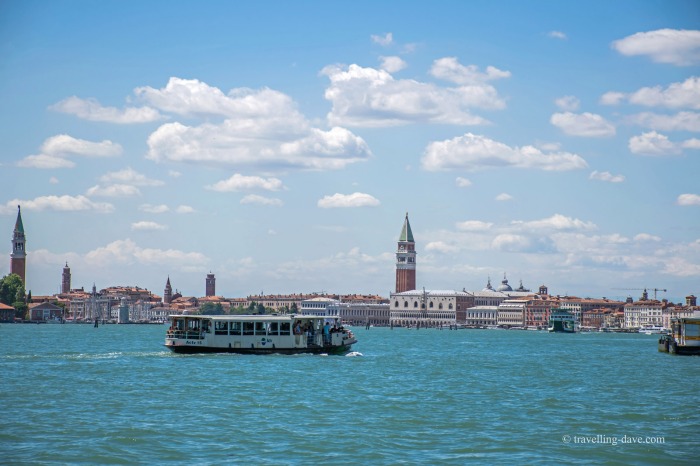Murano and Burano are two islands of the Venetian Lagoon and can be easily included on the itinerary on a trip to Venice. Many tourists spend just one day in the city as part of a tour of Italy or as one of the stops on a cruise around the Med but, people who have more time to spend in this part of the world, can hop on a vaporetto from outside Venice’s railway station and make their way to Murano. The island (actually seven small islands connected by bridges) is famous for its glass making factories; found all around the island, many of them have opened their doors to tourists and, for a few Euros, allow people to witness the glassblowers at work and, learn about all aspects of this fascinating trade, from the molten glass coming out of a red hot furnace to the finished product. Not surprisingly, the demonstration ends at a showroom attached to the factory where all sort of glass products can be bought from small animals to elaborated chandeliers ready to be shipped all over the world.
Away from the glass factories Murano is a pleasant island to visit with plenty of opportunities for walks to find little alleys waiting to be discovered and beautiful buildings along the canals. Like Venice, it can get very crowded especially in the summer with tourists negotiating the barrier-less narrow canal side walkways so caution needs to be taken.
Walking across the island from the vaporetto stop from Venice (Murano-Colonna), to the vaporetto station of Murano-Faro at the feet of the imposing lighthouse (faro in Italian) is where the boats leave regularly for the island of Burano.
It is a short ride to Burano and even before arriving, the famous colorful houses come into view. On arrival there are different ways to go and explore Burano: follow the canals and marvel at the pastel color houses along them or get into the narrow alleys and beautiful courtyards with more colorful houses.Via Baldassarre Galuppi, Burano equivalent of the high street, has a number of shops, bars and restaurants to cater for the huge number of visitors to the island; at the end of it the small church of San Martino can be visited.
After a visit to Burano, there are two choices: continuing exploring the islands with a short boat trip to nearby Torcello where the Cathedral of Santa Maria Assunta can be visited or, for people preferring to go back to Venice, the vaporetto goes back to Fondamenta Nuove with a stop at Murano. En route there are beautiful views of the island of Murano and the island of San Michele the site of a cemetery still in use today. It is the final resting place of among others the composer Igor Stravinski.
On a more cheery note, the visit to Venice can continue from Fondamenta Nuove from where vaporetti depart to a number of locations in the city including St.Mark’s Square and the railway station from where the journey can continue to other cities in Italy and Europe. The world famous Venice-Simplon Orient Express also departs from this station.























Oh, La Serenissima is beckoning. I can hear her call …
LikeLike
Time to go back…again!
LikeLike
I love this post. The colors are like a painting!
LikeLike
Thank you Margie!
LikeLike
Your pictures are like spots of sunshine on my wordpress ❤
LikeLike
Thank you Ishita!
LikeLiked by 1 person
Loved Burano so much! Beautiful pictures, but only being there can do total justice to those colours!
LikeLike